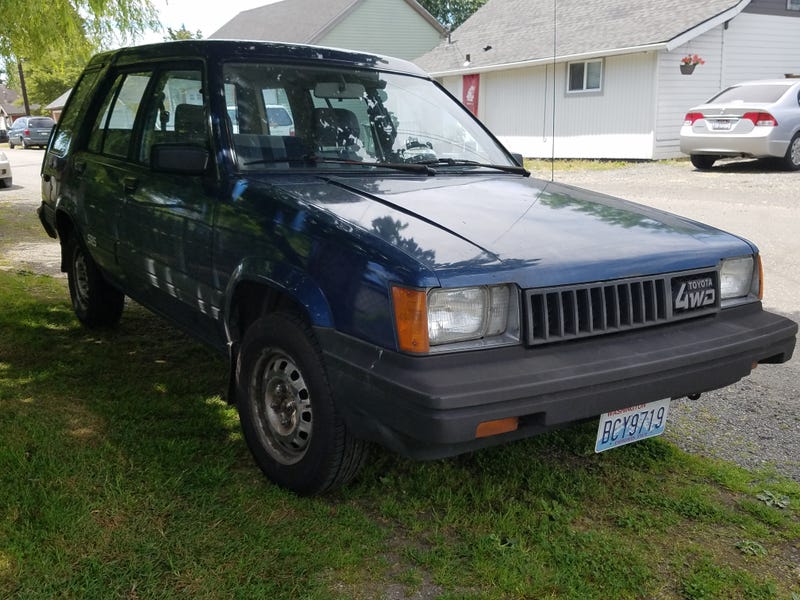

estimated in March 1979 that an air bag system would cost consumers $509, based on an installation of 750,000 systems.

The memorandum was obtained and publicized in August by the Center for Auto Safety, an independent consumer group founded by the Consumers Union and Ralph Nader.Īccording to the memo, G.M. ''We expect air bags produced in high volume to cost the consumer a maximum of $250 to $300,'' said Ralph Rockow, chairman of the Automotive Occupant Protection Association, a trade group of air bag manufacturers.Īn internal Government memorandum, citing confidential industry cost estimates, also confirmed these lower price estimates. However, consumer groups and independent air bag manufacturers disputed this estimate at a public hearing held in April by the House subcommittee on consumer protection. Given an estimated demand of fewer than 100,000 units, they said, each air bag system would cost about $1,100. have abandoned the air bag system, saying few consumers would prefer it over the less-expensive automatic seat belt. These air bags performed well, helping to save 263 of 267 lives endangered in accidents, according to the Insurance Institute for Highway Safety, a research group financed by the insurance industry. In addition, General Motors sold more than 12,000 cars equipped with air bags from 1972 to 1976. The General Motors Corporation and the Ford Motor Company, as well as several independent suppliers, have developed effective air bags. Fearing a deadlock may develop in Congress, though, lobbyists for the safety standard say they will sue the Federal agency if it rescinds the safety standard. Three bills, which roughly match the agency's proposed alternatives, have already been introduced in the House of Representatives. However, a major shift in policy on the safety devices would certainly stir Congress to make the final decision. Manufacturers had found it difficult to design an automatic seat belt for the middle of the seat and were faced with eliminating the seat or using air bags. The first two alternatives include a proposal to eliminate protection for middle passengers in the front seat. The Federal agency is considering three major options: reversing the order of compliance so that small cars must be equipped first, reflecting the view that small cars are not as safe as large cars requiring all cars to comply with the standard by March 1, 1983, or, finally, repealing the standard. The 1977 rule, which required either air bags or automatic seat belts to be installed in large cars by September 1981, in mid-sized cars by September 1982 and in small cars by September 1983, has already been postponed a year to permit the National Highway Traffic Safety Administration to make its review. The safety standard, approved by three previous Administrations, does not actually specify automatic crash-protection equipment, but only two products currently satisfy the standards: automatic seat belts, which snap on as people sit on the front seat, and interior air bags, which automatically inflate and protect front-seat passengers in a head-on collision.


 0 kommentar(er)
0 kommentar(er)
